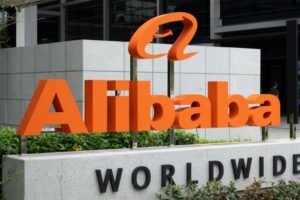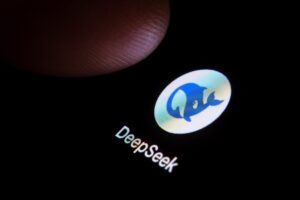An In-Depth Look at DeepSeek AI’s Capabilities and Their Impact on Innovation in the US

The Rise of DeepSeek AI: Implications for U.S. Innovation Strategy
DeepSeek AI is rapidly gaining attention in the technology world, not just for its impressive achievements with large language models, but also for the insights it provides into the changing landscape of innovation. This Chinese startup’s emergence highlights a critical challenge facing U.S. innovation policy and raises important questions about the future of technological leadership.
Understanding DeepSeek AI’s Talent Pool
One significant factor contributing to DeepSeek AI’s success is its homegrown talent. A striking 89% of its researchers have been affiliated with Chinese educational institutions. Furthermore, over half of these researchers have never studied or worked outside of China. This domestic focus has allowed DeepSeek AI to cultivate a robust and self-sufficient pipeline of talent, emphasizing the importance of local training and education.
In contrast, only 24% of contributors to DeepSeek AI have direct ties to the United States, and a large portion of these individuals spent very little time in the U.S. — around 63% of them were in the country for just one year before returning to China. This trend signifies a shift in how talent is distributed globally, with emerging economies like China now successfully retaining trained professionals.
The Impact of U.S. Education on Global Talent Flow
DeepSeek AI’s case brings to light how the U.S. educational system, while traditionally a global leader, is serving more as a launching pad for talent rather than a permanent destination. Of the researchers affiliated with U.S. institutions, nearly 70% have returned to China to apply their skills. This trend underscores the need for American innovation policy to adapt to the realities of a global talent market.
Research further reveals that DeepSeek AI’s core team of 31 leading contributors boast an impressive average of over 1,500 academic citations. This statistic dispels myths that the startup’s achievements are driven by inexperienced talent. Instead, it highlights the caliber of expertise that remains in China, posing a formidable challenge to U.S. dominance in technology.
Challenges in U.S. Technological Policy
The situation with DeepSeek AI illustrates a critical oversight in U.S. technology policy: the ongoing erosion of America’s competitive edge in human capital. While export controls and increased investments in computing infrastructure are essential components of U.S. innovation strategy, they alone are insufficient for maintaining leadership in the global tech arena.
The U.S. must adopt a more comprehensive approach that prioritizes the development and retention of talent. This not only includes efforts to bring skilled workers from abroad but also initiatives to foster homegrown professionals who can compete at the highest levels. Against the backdrop of DeepSeek AI’s rise, it’s evident that the competition for talent is escalating.
Key Takeaways from DeepSeek AI’s Success
- High Domestic Affiliation: A significant portion of DeepSeek AI’s researchers, 89%, come from Chinese institutions, showing that domestic talent is crucial.
- Limited U.S. Connections: Only 24% of the contributors have ties to the U.S., with many spending minimal time in the country.
- Experienced Core Team: The core group of researchers has a notable academic footprint, averaging over 1,500 citations.
- U.S. Education as a Launchpad: Rather than retaining talent, U.S. institutions are increasingly sending trained individuals back to China, with 70% of those with U.S. ties returning home.
- Need for Holistic Strategy: Current U.S. policies focusing on computational growth and export controls must adapt to better address global talent competition.
As more companies and countries recognize the importance of nurturing talent, the landscape of technological innovation continues to evolve. The case of DeepSeek AI serves as a stark reminder of the need to rethink how the United States approaches its innovation strategies in the face of growing global competition.






